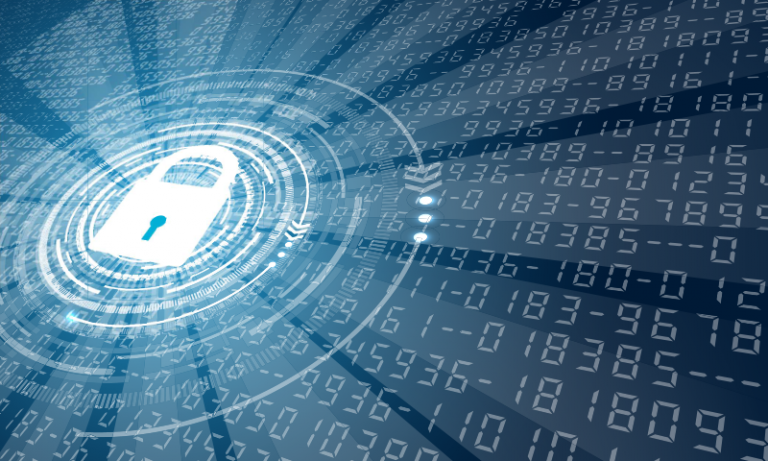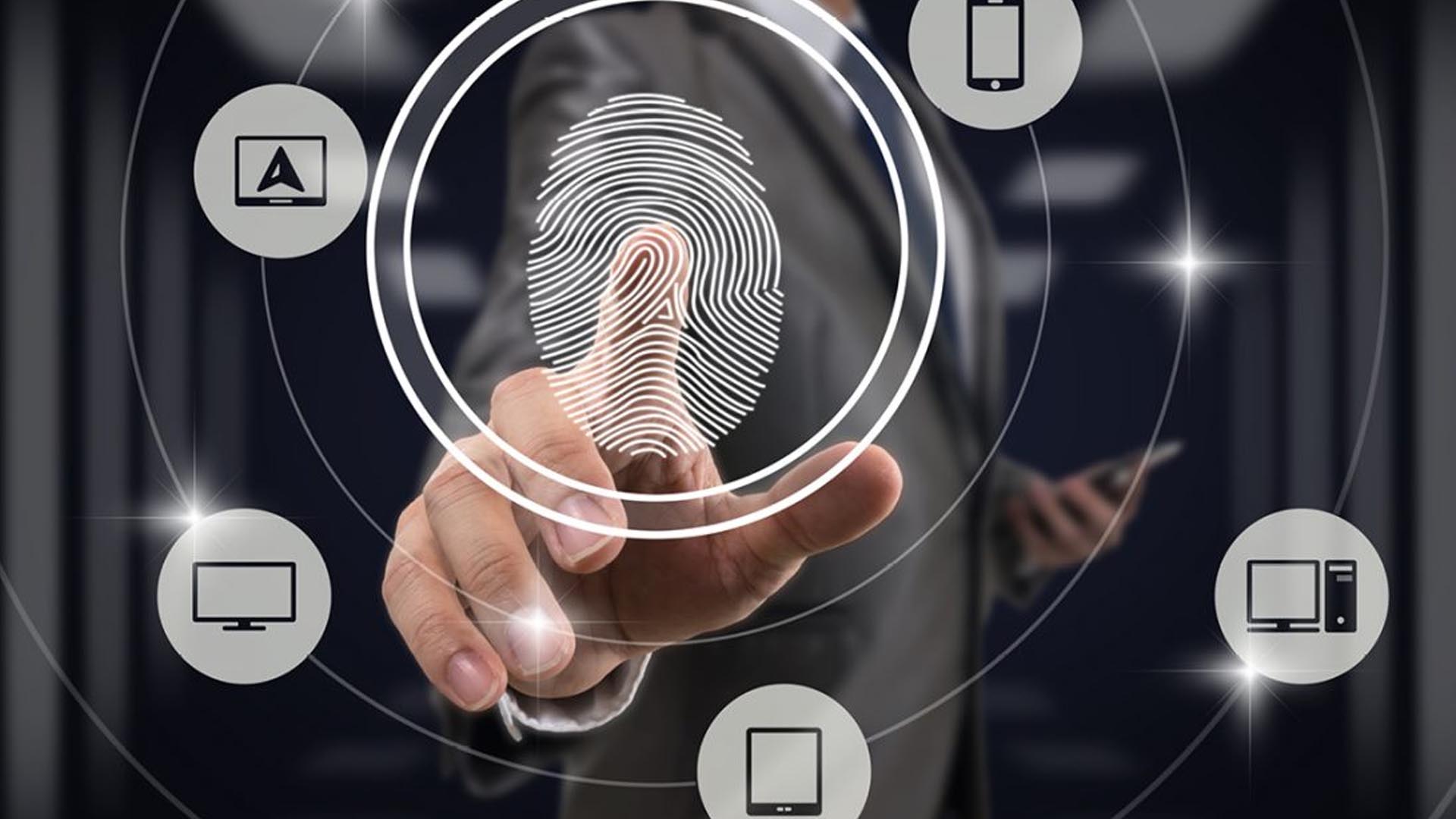
The Power of Blockchain Technology
Blockchain technology has emerged as a game-changer in the digital landscape, transforming the way we manage identity, finance, and privacy. At its core, blockchain is a decentralized, immutable, and transparent ledger that enables secure and instant transactions without the need for intermediaries or centralized authorities. This revolutionary technology has the potential to disrupt traditional industries, boost innovation, and empower individuals and communities.
In this article, we will explore how blockchain is fortifying identity, finance, and privacy, and its real-world applications, challenges, and future prospects. We will also discuss the legal, cybersecurity, and social impact implications of blockchain, and how it can contribute to a more equitable and sustainable world.
Blockchain and Identity: A New Era of Digital Identity Management
Identity is a fundamental aspect of our lives, both online and offline. However, traditional identity management systems are often fragmented, insecure, and vulnerable to data breaches and identity theft. Blockchain offers a new paradigm for digital identity management, based on decentralized and self-sovereign identity (SSI) principles.
SSI allows individuals to own, control, and share their identity information securely and selectively, without relying on third-party intermediaries or central authorities. By using blockchain-based identity solutions, individuals can authenticate themselves seamlessly, access services and resources, and protect their privacy and security.
For instance, the Sovrin Network provides a decentralized identity infrastructure that enables trusted and verifiable digital identities, based on open standards and interoperability. Other blockchain-based identity platforms include uPort, Civic, and SelfKey, which offer similar features and benefits.
Blockchain and Finance: Towards a More Transparent and Secure Financial System
Finance is another area where blockchain is making significant strides, by enabling more transparent, efficient, and secure transactions. Blockchain-based finance, also known as decentralized finance (DeFi), is a rapidly growing ecosystem that offers a range of financial services, such as lending, borrowing, trading, and investing, without relying on traditional intermediaries or centralized authorities.
DeFi leverages blockchain’s features, such as smart contracts, tokenization, and interoperability, to provide more accessible and inclusive financial services, especially for underserved and unbanked populations. For example, stablecoins, which are blockchain-based digital currencies pegged to traditional assets, can provide a stable store of value and a more reliable means of exchange, especially in volatile markets.
Other DeFi applications include decentralized exchanges (DEXs), which allow peer-to-peer trading of digital assets without intermediaries, and yield farming, which enables users to earn interest on their crypto holdings by providing liquidity to DeFi protocols. However, DeFi is not without risks, such as smart contract vulnerabilities, liquidity issues, and regulatory challenges.
Blockchain and Privacy: Protecting Personal Data in a Decentralized World
Privacy is a critical aspect of digital life, as it enables individuals to control their personal information and prevent unauthorized access, misuse, or exploitation. However, traditional privacy solutions, such as centralized databases or encryption, have limitations and vulnerabilities that can be exploited by cybercriminals or surveillance agencies.
Blockchain offers a new approach to privacy, based on cryptographic techniques and distributed storage. By using blockchain-based privacy solutions, individuals can protect their data from unauthorized access, maintain anonymity, and ensure data integrity and immutability.
For example, zero-knowledge proofs (ZKPs) are cryptographic protocols that enable parties to prove the validity of a statement without revealing any additional information. ZKPs can be used to authenticate identities, verify transactions, and protect sensitive data without compromising privacy.
Other blockchain-based privacy solutions include homomorphic encryption, ring signatures, and multi-party computation, which offer different levels of privacy and security. However, privacy is not absolute, and there are trade-offs between privacy, usability, and scalability.
How Blockchain Works: The Fundamentals of Distributed Ledgers and Cryptography
To understand how blockchain works, we need to delve into its fundamental principles and components. At its core, blockchain is a distributed ledger that maintains a record of transactions, verified by a network of nodes, without the need for trust or intermediaries.
Each block in the blockchain contains a cryptographic hash of the previous block, creating an immutable and tamper-evident chain of blocks. Transactions are validated and added to the blockchain through consensus mechanisms, such as proof-of-work (PoW) or proof-of-stake (PoS), which incentivize nodes to contribute computing power and verify transactions.
Blockchain also relies on various cryptographic techniques, such as public-key cryptography, hash functions, and digital signatures, to ensure data confidentiality, integrity, and authenticity. These techniques enable secure and transparent transactions, without revealing sensitive information or compromising privacy.
Blockchain technology is not limited to cryptocurrency transactions, but can also be applied to various use cases, such as supply chain management, voting systems, and intellectual property management.
Blockchain Use Cases: Real-World Examples of Blockchain Applications
Blockchain has already demonstrated its potential to transform various industries and domains, from finance and identity to healthcare and energy. Some notable blockchain use cases include:
- Supply chain management: Blockchain can provide end-to-end visibility and traceability of products, from raw materials to distribution, ensuring authenticity, quality, and compliance.
- Healthcare: Blockchain can enable secure and interoperable sharing of patient data, as well as tracking of medical supplies and drugs, reducing errors, fraud, and inefficiencies.
- Energy: Blockchain can facilitate peer-to-peer energy trading, renewable energy certificates, and carbon credits, enabling more sustainable and decentralized energy systems.
- Gaming: Blockchain can enable secure and transparent ownership, transfer, and trading of in-game assets, as well as provably fair gaming outcomes, enhancing player experience and trust.
These are just a few examples of how blockchain is disrupting traditional industries and enabling new business models and opportunities.
Blockchain Challenges: Overcoming Scalability, Interoperability, and Adoption Hurdles
Despite its potential and benefits, blockchain also faces various challenges and limitations that hinder its widespread adoption and scalability. Some of these challenges include:
- Scalability: Blockchain’s limited processing power and storage capacity can limit its throughput and transaction speed, especially for large-scale applications.
- Interoperability: Blockchain’s fragmentation and lack of standardization can hinder its compatibility and integration with other systems and platforms, causing data silos and inefficiencies.
- Adoption: Blockchain’s complexity and unfamiliarity can deter users and organizations from adopting it, especially in regulated industries or conservative environments.
To overcome these challenges, blockchain developers and researchers are exploring various solutions, such as sharding, sidechains, and interoperability protocols, as well as user-friendly interfaces and educational resources.
The Future of Blockchain: Beyond Cryptocurrencies and Initial Coin Offerings
Blockchain is still at an early stage of development, and its potential is far from fully realized. In the future, blockchain is likely to evolve and expand beyond its current applications and use cases, enabling new forms of value creation, governance, and social impact.
Some possible future developments of blockchain technology include:
- Decentralized autonomous organizations (DAOs): DAOs are organizations that operate on blockchain-based smart contracts and are governed by their members. DAOs can enable more transparent and democratic decision-making, as well as more efficient and resilient organizations.
- Internet of Things (IoT): Blockchain can provide secure and decentralized communication and data sharing among IoT devices, enabling more efficient and trustworthy IoT applications, such as smart homes, cities, and factories.
- Artificial intelligence (AI): Blockchain can enable more secure and transparent training, validation, and deployment of AI models, as well as more accountable and ethical AI systems.
These are just some of the potential future applications of blockchain technology, and the possibilities are limited only by our imagination and creativity.
Blockchain Regulation: Navigating the Legal Landscape of Digital Assets
Blockchain’s decentralized and borderless nature poses significant challenges for regulatory frameworks and compliance measures. However, blockchain also offers opportunities for more efficient and effective regulation, based on transparency, accountability, and innovation.
The regulation of blockchain and digital assets varies across countries and jurisdictions, reflecting different legal, cultural, and economic contexts. Some countries, such as Malta, Switzerland, and Singapore, have adopted blockchain-friendly regulatory frameworks and attracted blockchain startups and investments.
Other countries, such as China and India, have adopted more restrictive policies and regulations, limiting the growth of blockchain and digital assets. However, the global trend is towards more regulatory clarity and convergence, as blockchain becomes more mainstream and recognized as a legitimate technology and asset class.
Blockchain and Cybersecurity: Enhancing Data Protection and Threat Detection
Cybersecurity is a critical aspect of blockchain, as it enables secure and trustworthy transactions and protects users from various threats, such as hacking, phishing, and malware. However, blockchain itself is not immune to cybersecurity risks and vulnerabilities, such as 51% attacks, smart contract bugs, and social engineering.
To enhance blockchain cybersecurity, various measures and solutions are being developed and deployed, such as:
- Multi-factor authentication: This requires multiple forms of authentication, such as passwords, biometrics, and tokens, to access blockchain accounts and wallets.
- Cold storage: This refers to storing cryptocurrencies and assets offline, in physical devices or paper wallets, to reduce the risk of online attacks.
- Anti-money laundering (AML) and know-your-customer (KYC) regulations: These require blockchain-based businesses and exchanges to verify the identity and source of funds of their users, to prevent money laundering and terrorism financing.
- Cyber threat intelligence (CTI): This involves collecting and analyzing data on cyber threats and vulnerabilities, to proactively detect and prevent attacks on blockchain networks and applications.
Blockchain and Social Impact: Empowering Communities and Reducing Inequality
Blockchain has the potential to contribute to social impact and sustainability goals, by enabling more democratic, transparent, and inclusive systems and applications. Blockchain-based solutions can empower marginalized communities, reduce inequalities, and promote social innovation and entrepreneurship.
For example, blockchain can enable:
- Financial inclusion: Blockchain-based financial services, such as microlending, can provide access to capital for underserved and unbanked populations, reducing poverty and inequality.
- Digital






